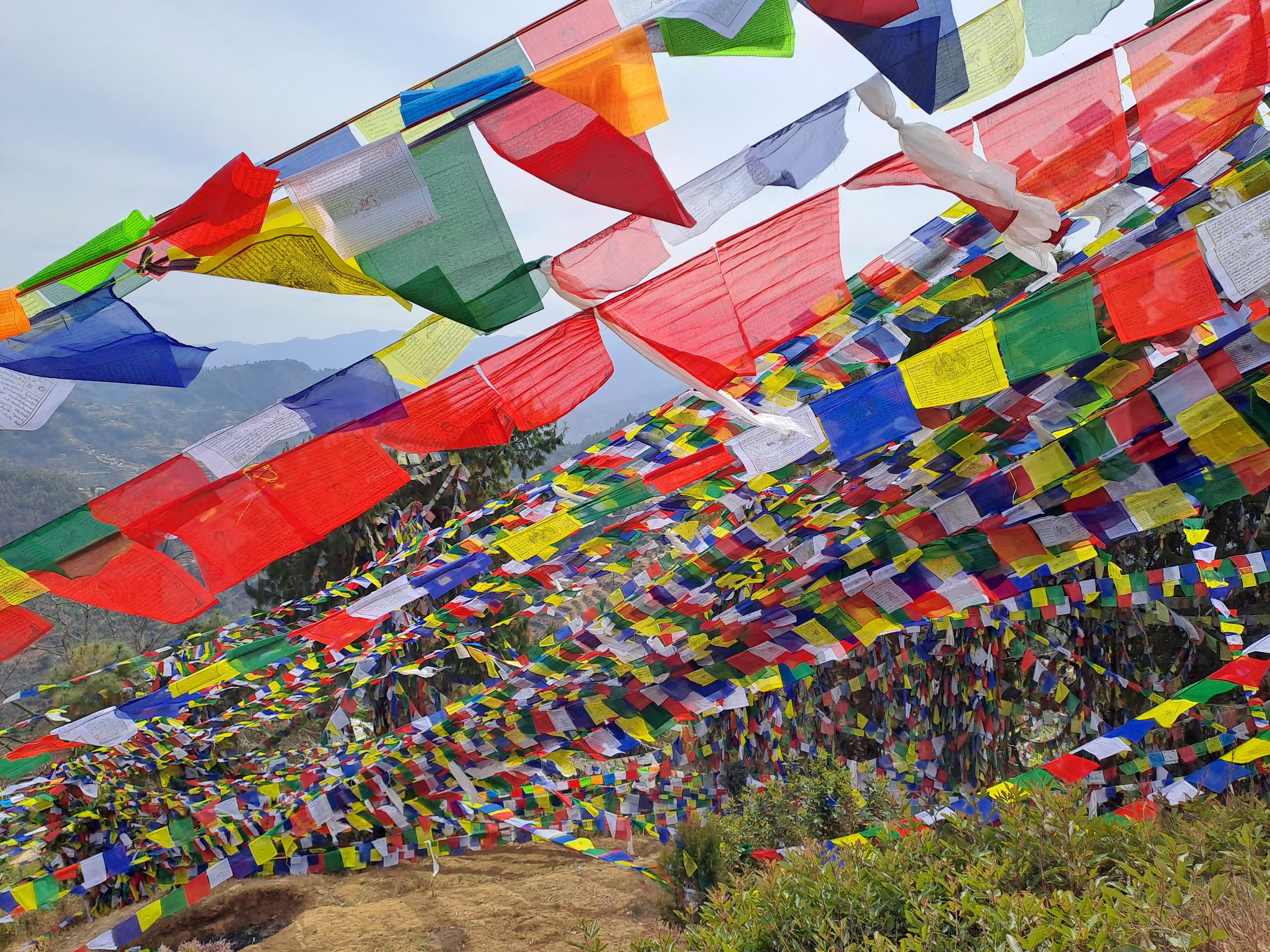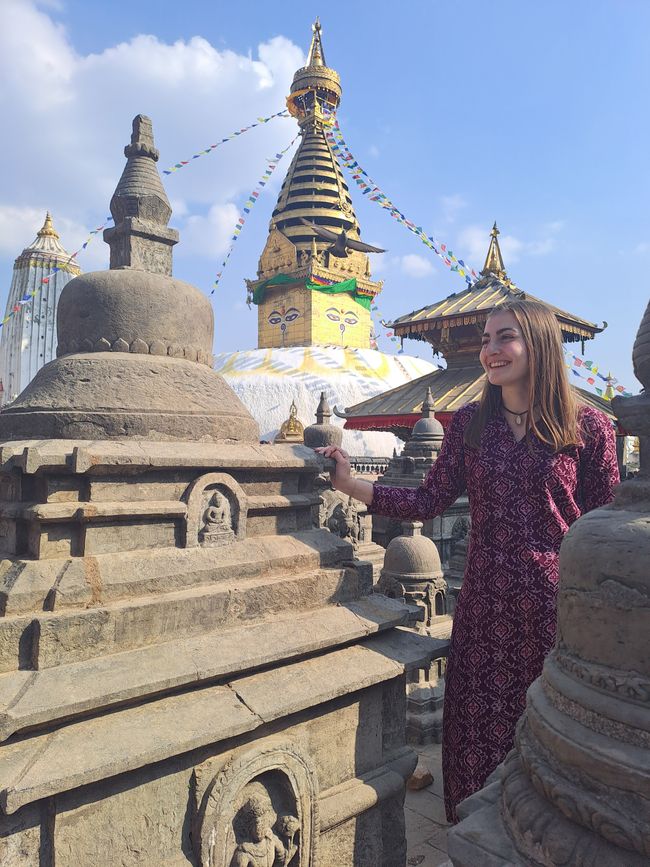Bisket Jatra - New Jahr in Bhaktapur
Objavljeno: 16.04.2024
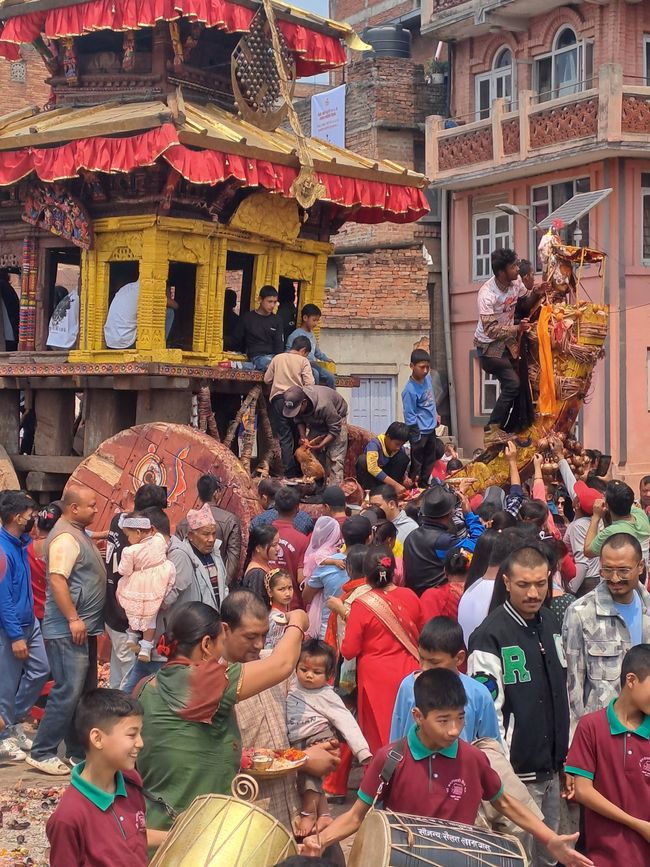

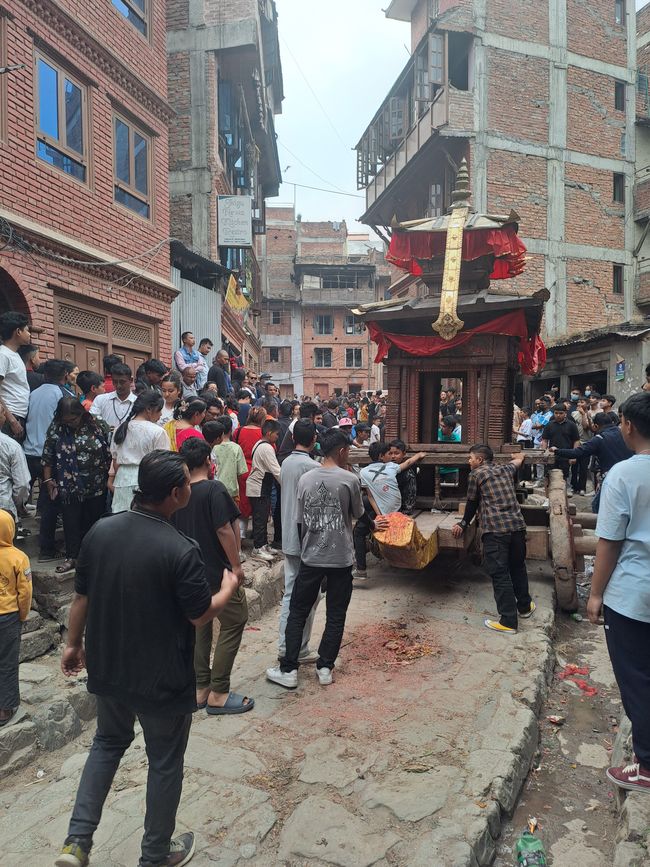
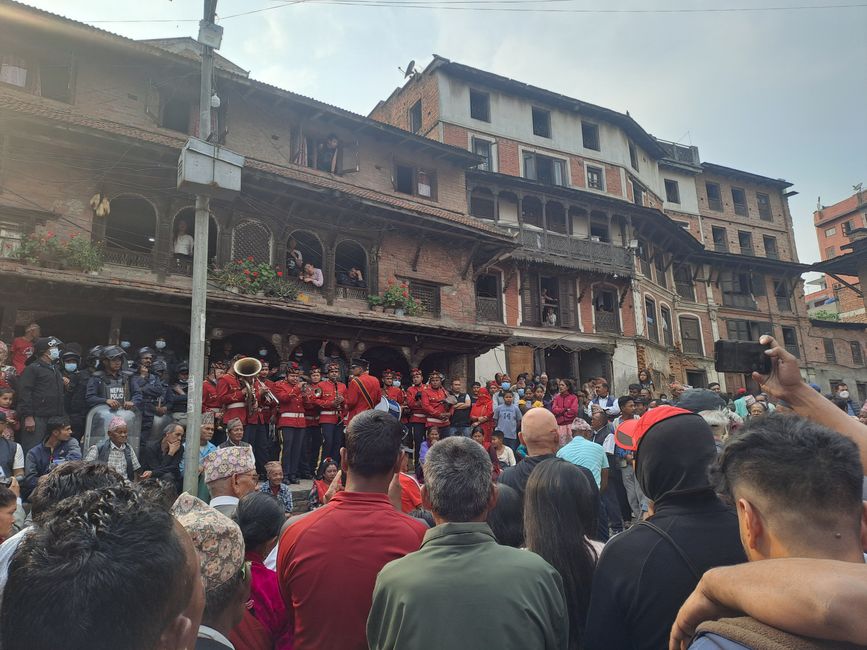
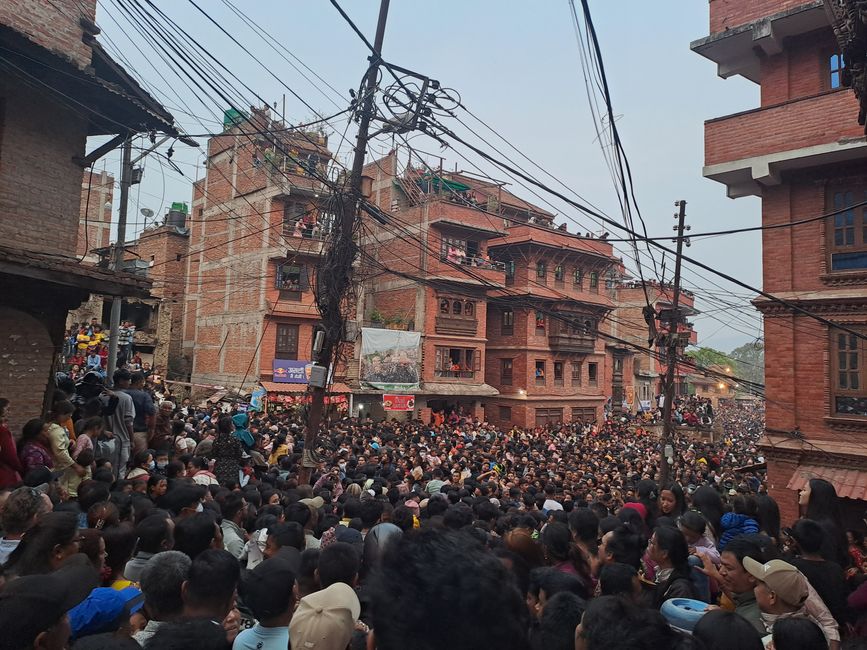

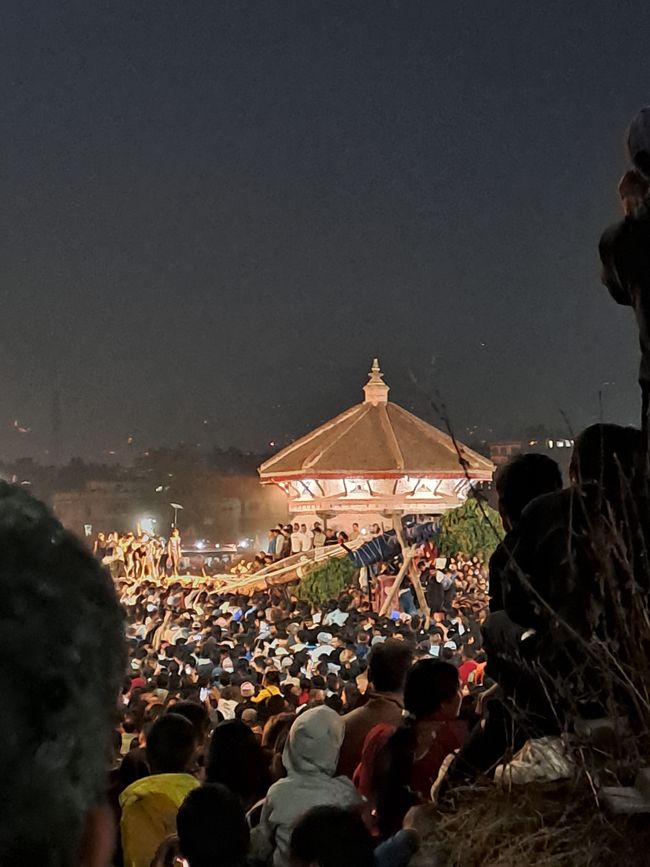


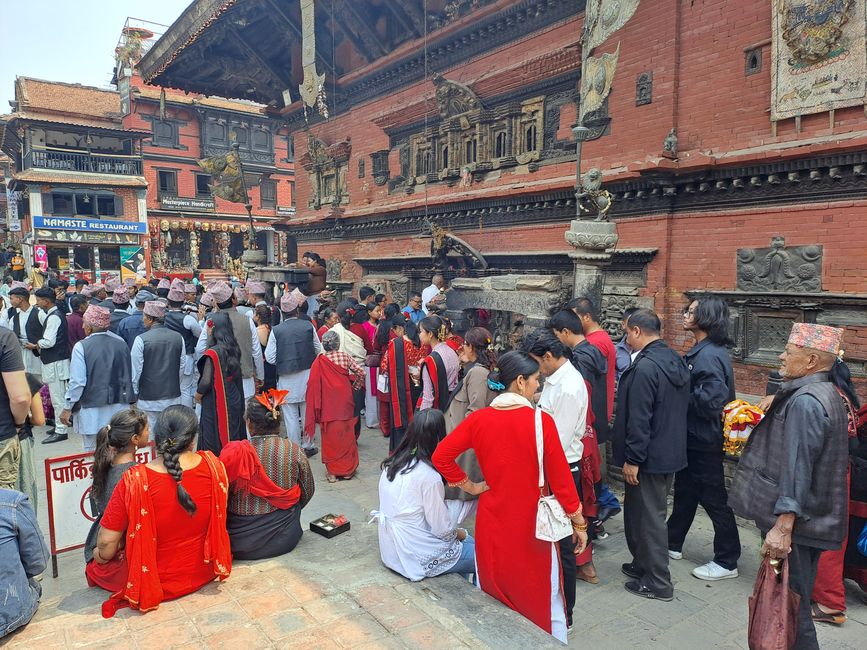
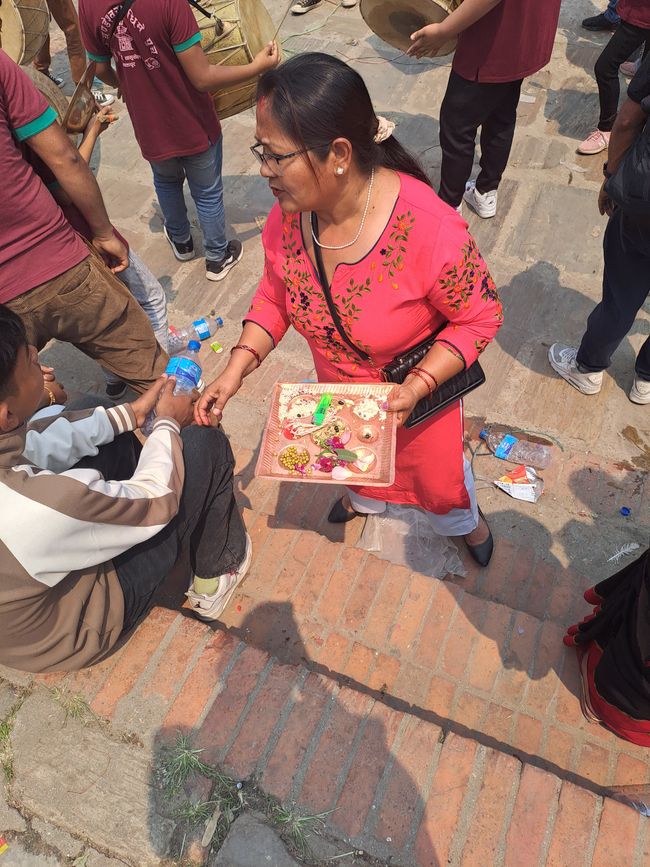
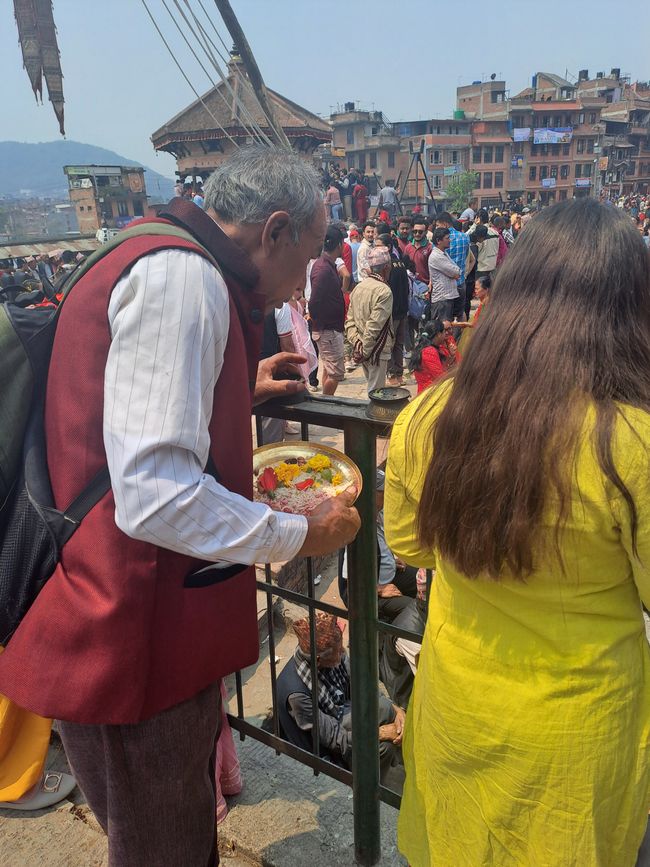
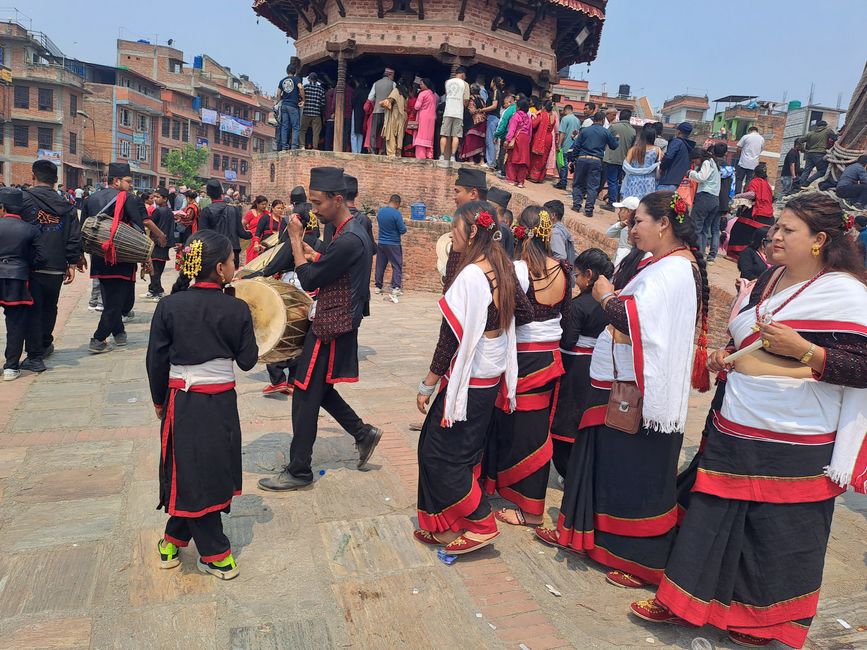
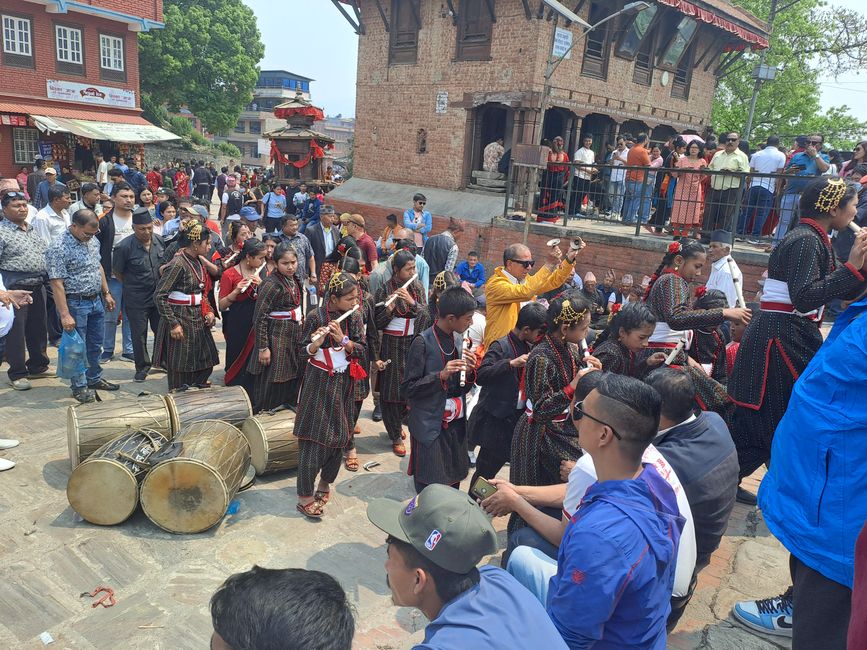
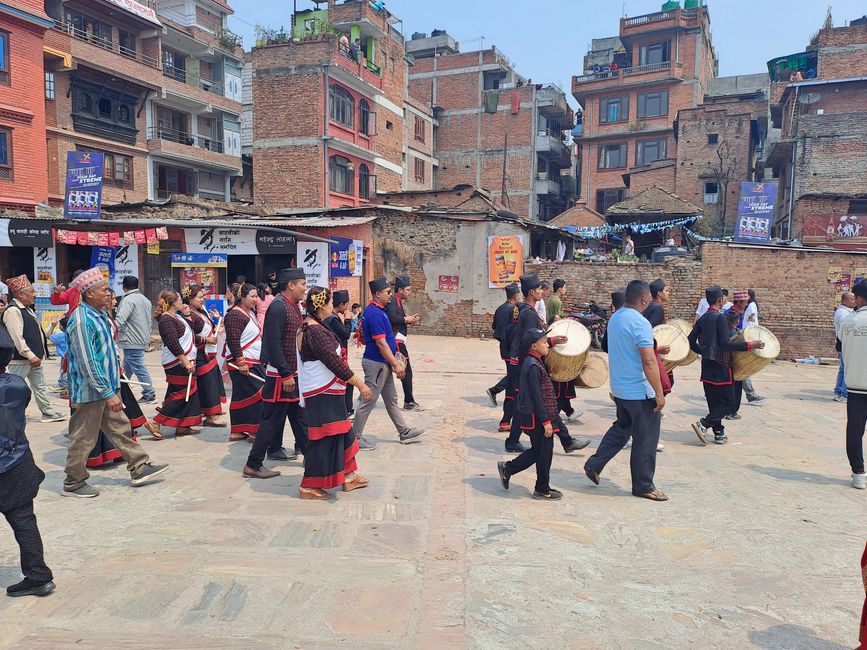
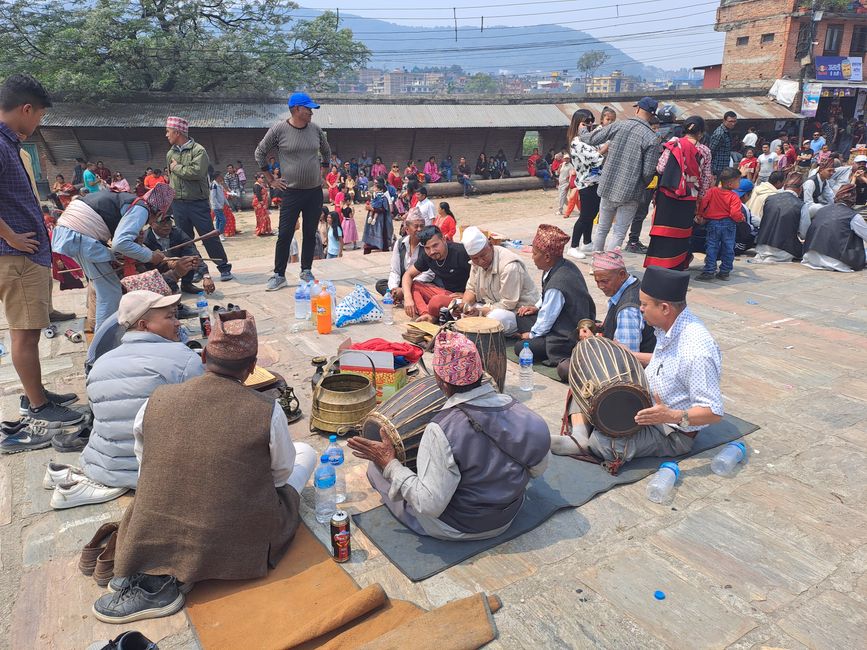
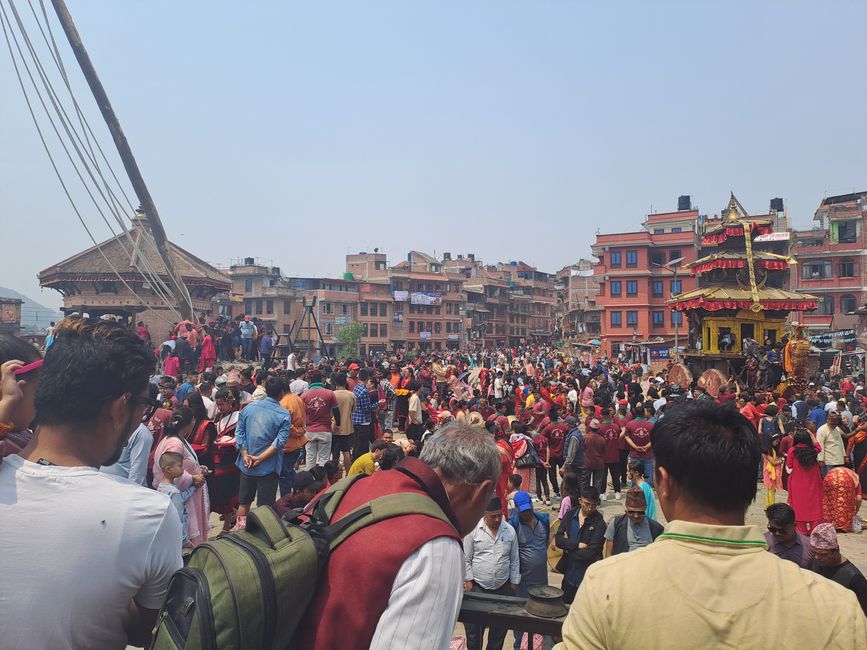
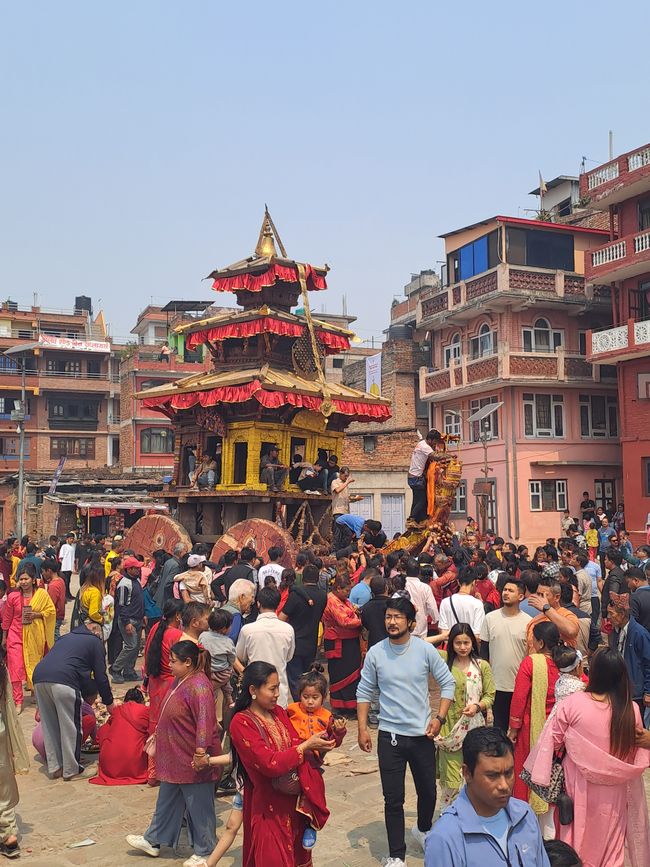

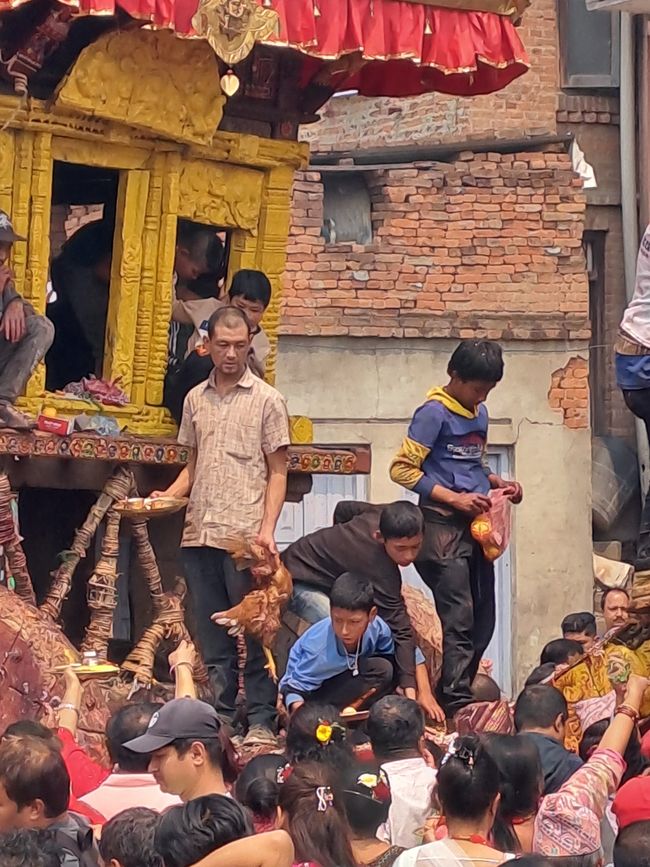
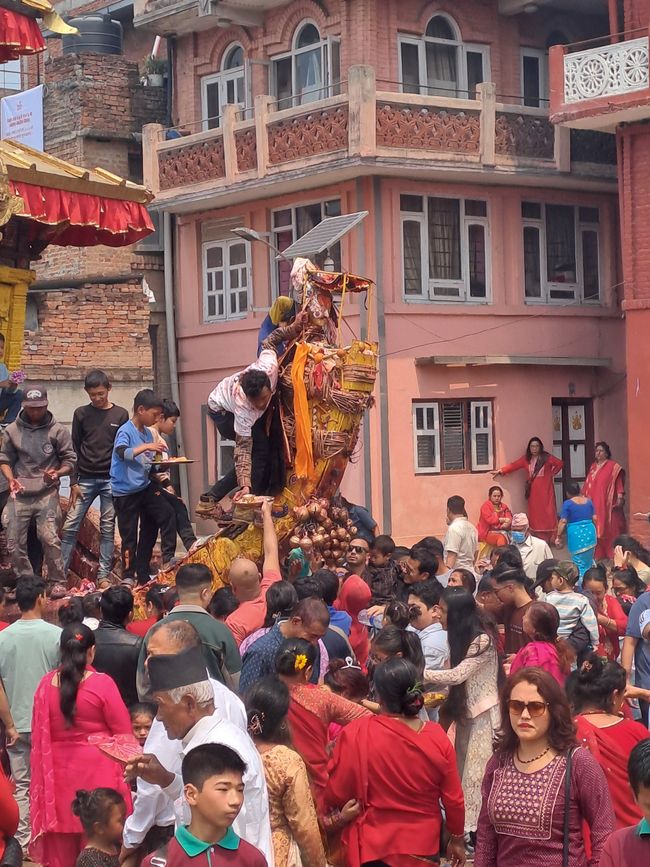

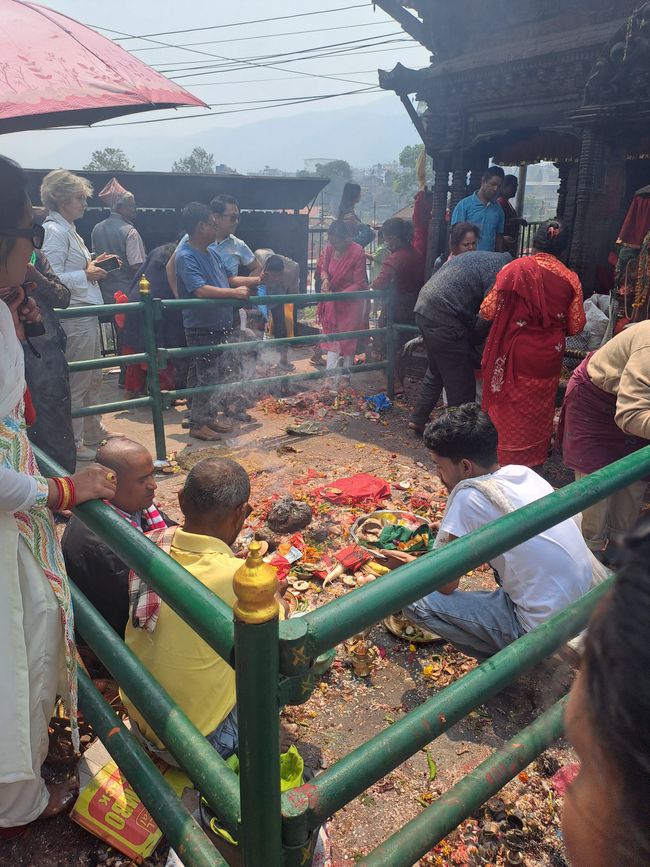

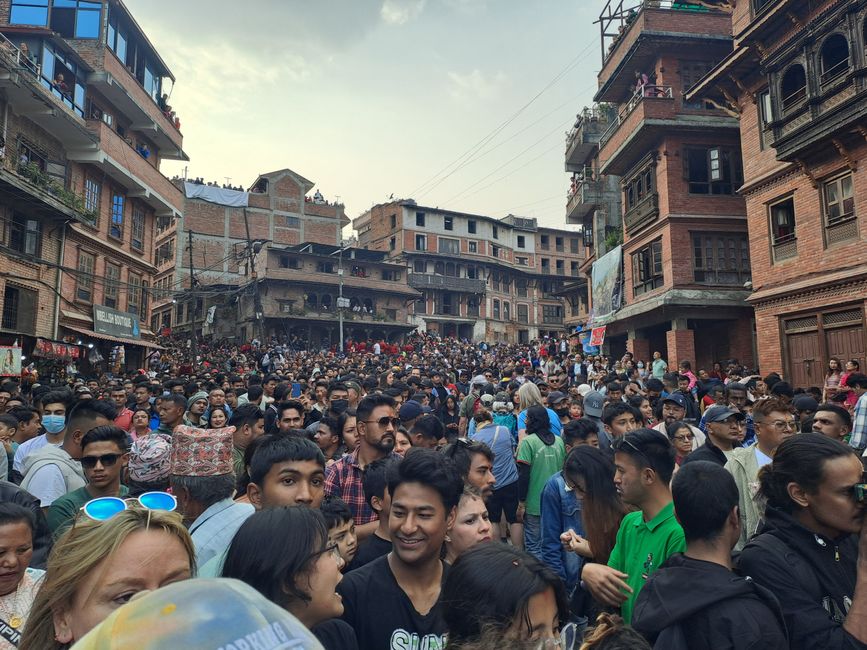

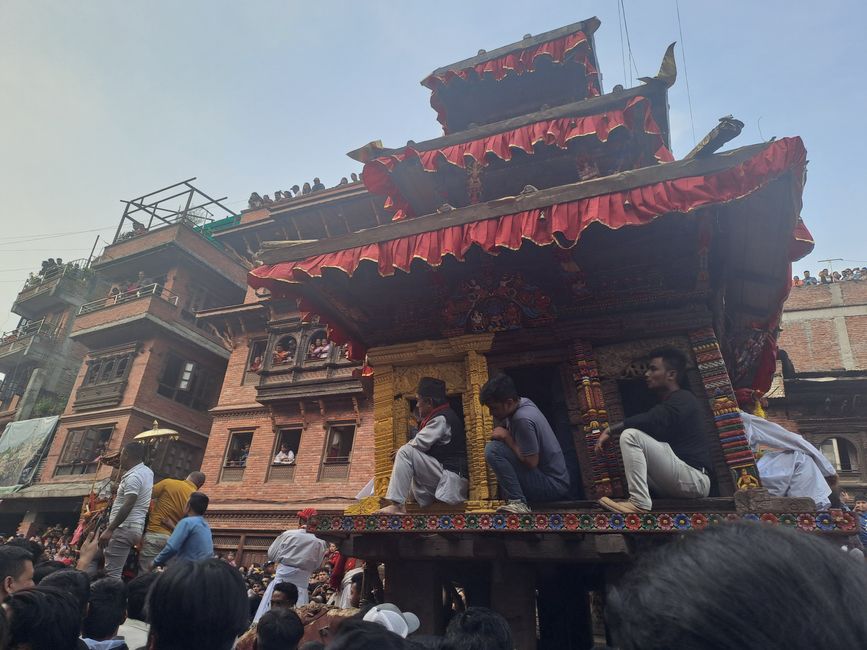
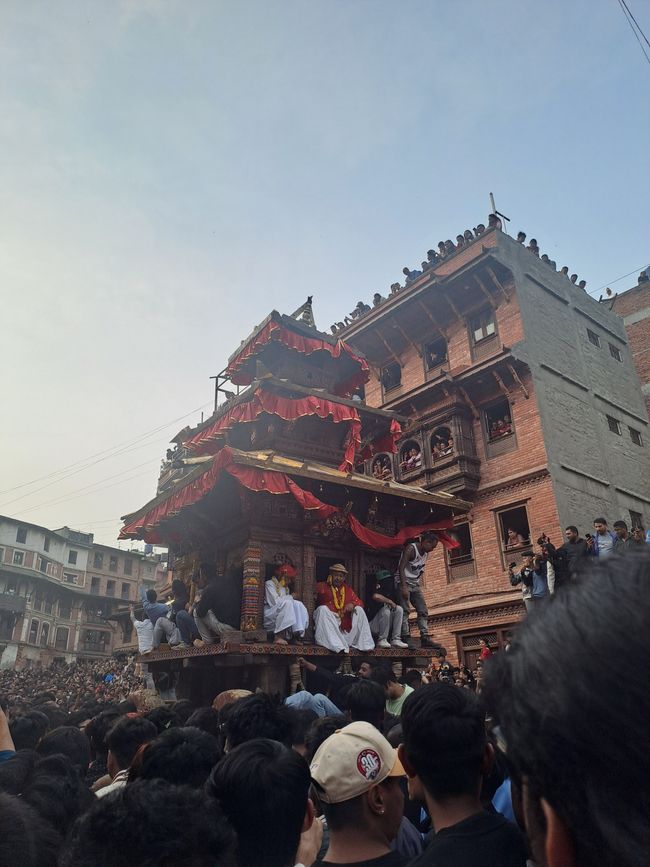
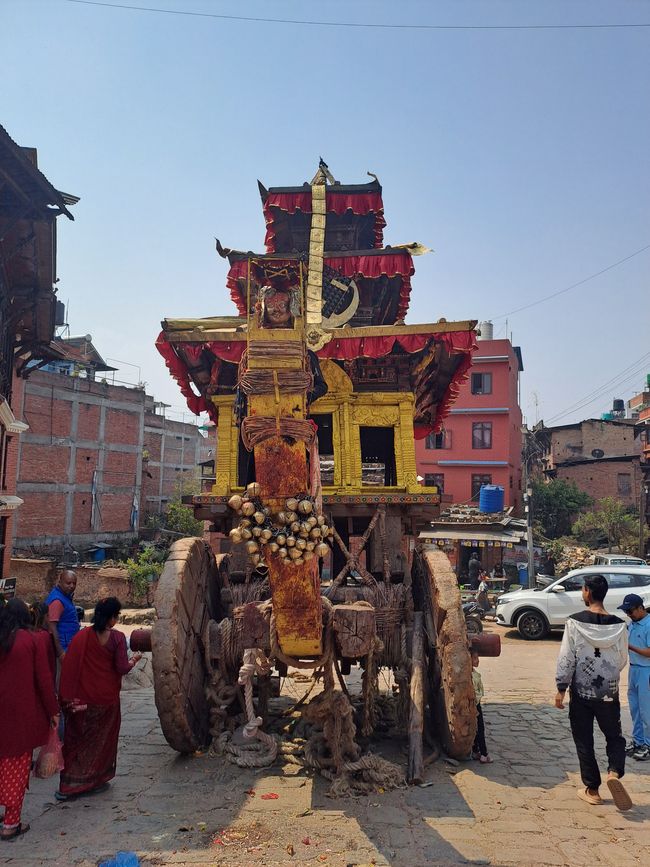
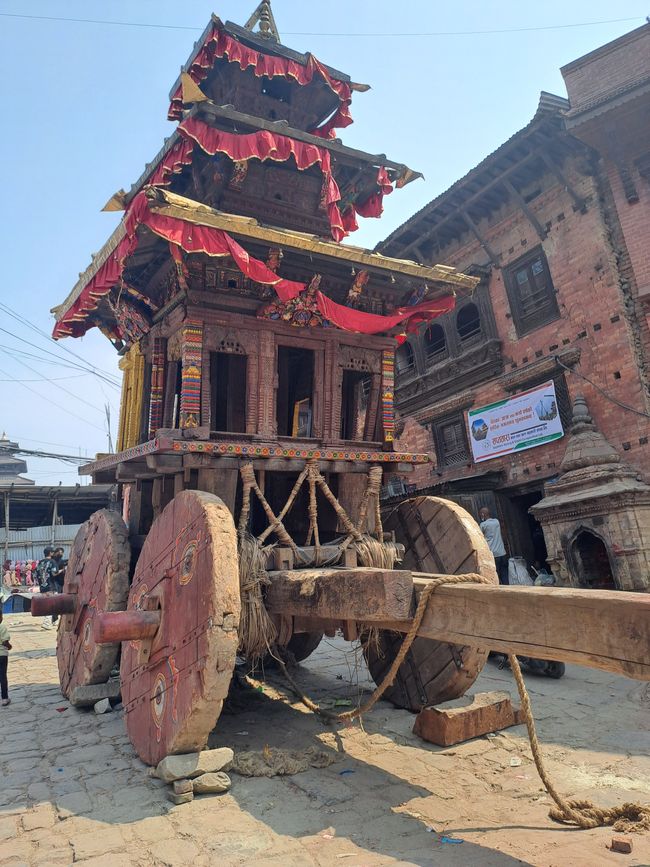
Naročite se na glasilo
At the weekend I went to Bhaktapur to celebrate the Nepalese New Year. The Nepalese calendar is not based on the sun like ours, but on the moon. So the beginning of the year 2081 was celebrated on April 13th, the 1st of Baisakh.
At the same time, the "Bisket Jatra" festival takes place in Bhaktapur. It is based on a certain story which tells of a princess being married. However, no groom survived the night before the wedding, until finally another man was chosen to enter into the marriage bond with the princess. On the instructions of an old woman, he stayed awake all night long. At midnight he saw two snakes coming out of the sleeping princess's nostrils. Before they could grow larger, he cut them into pieces, as the old woman had instructed him. In this way he broke the spell and the princess and he were married the next day. It later turned out that the old woman was the deity Bhadrakali.
In remembrance of this, the Newari ethnic group celebrates the festival Bisket Jatra for nine days and eight nights. The original name of this festival was "Bisyaku Jatra". "Bi" means "snake" in the Newari language and "sya" stands for "dead."
The celebrations in Bhaktapur begin with a tug-of-war. The residents of the upper and lower parts of the city try to pull the "temple on wheels", which is dedicated to the deity Bhairab, onto their side. The deity Bhairab is the husband of the deity Bhadrakali.
On the day before the Nepalese New Year, the Bhairab Temple and another smaller "temple on wheels" are pulled to a place by ropes. When they arrive, a wooden pole with crossbars is erected. The two flags attached to it symbolize the victory over the snakes.
The next afternoon, residents try to make the mast fall onto their side in another tug of war. The fall marks the beginning of the new year. After that, the "temples on wheels" are pulled back onto the streets.
At the end of the festival, a symbolic clash of the temples of Bhairab and Bhadrakali represents the union of man and woman or the successful wedding.
I arrived one day before the Nepalese New Year and was able to see during the day how both "temples on wheels" were pulled through the streets on ropes. In the evening I waited with countless other people for the temples to reach their respective places and for the mast to be put up. Every millimeter that the temples moved forward and the mast moved upward was rewarded with cheers.
On New Year's Day I went to this place again during the day. On the way there I noticed that the city was in a state of emergency. On the temple square next to my accommodation there were far more sacrifices than usual in the morning. For this the believers walk with plates on which their offerings are to the various places where they want to make sacrifices. In addition, many of the people were dressed in the typical costumes of the Newari ethnic group and groups with drums, cymbals and trumpets walked through the whole city.
When I finally reached the square of the "temples on wheels" and the mast, I was completely overwhelmed by the stimuli. In addition to the "music groups", there were numerous groups of men sitting in a circle on the ground and singing psalm-like songs from a book. In addition, many people had come to make offerings to the various temples in the square, but especially to the large "temple on wheels" dedicated to the deity Bhairab.
I was amazed to see the hustle and bustle and the passion with which the people were doing their work. As I was walking across the square, I suddenly noticed a chicken head on a woman's offering plate. A short time later, I was able to work out where it came from. I saw one chicken after another being sacrificed at the "temple on wheels". At first, I counted how many chicken sacrifices I had already seen, but then I gave up counting. Later, I saw chicken sacrifices at other places in the square. I also saw how offerings were made to the deity Bhairab, whose figure is placed like a figurehead in front of the "temple on wheels". The believers held up their offerings and two men standing on the "temple on wheels" accepted them and "fed" the figure of the deity with the offerings. They pocketed the money they had sacrificed.
In the evening I returned to this place and watched from a safe distance as the mast fell and the temples began to move again.
The next day, the day after New Year, I wanted to go back to Kuntabesi. Before that, I went through all the potentially interesting places in Bhaktapur. I found the Bhairab Temple on a side street. It will remain there for three more days until it is finally moved to another place at the end of the celebrations. I found it unbelievable that the "temple on wheels" had received hardly any attention, even though it had been the center of the sacrificial cult the day before.
Overall, I really have to say that what I was able to experience during these days in Bhaktapur was by far the craziest thing I have seen so far in Nepal and I am so happy and grateful that I was able to have this experience. I hope that with the many pictures and this report I have been able to show you a little piece of this very different world.
Naročite se na glasilo
Odgovori
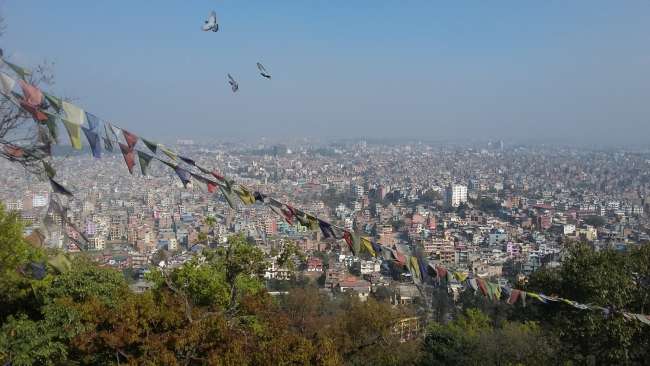
Poročila o potovanjih Nepal
